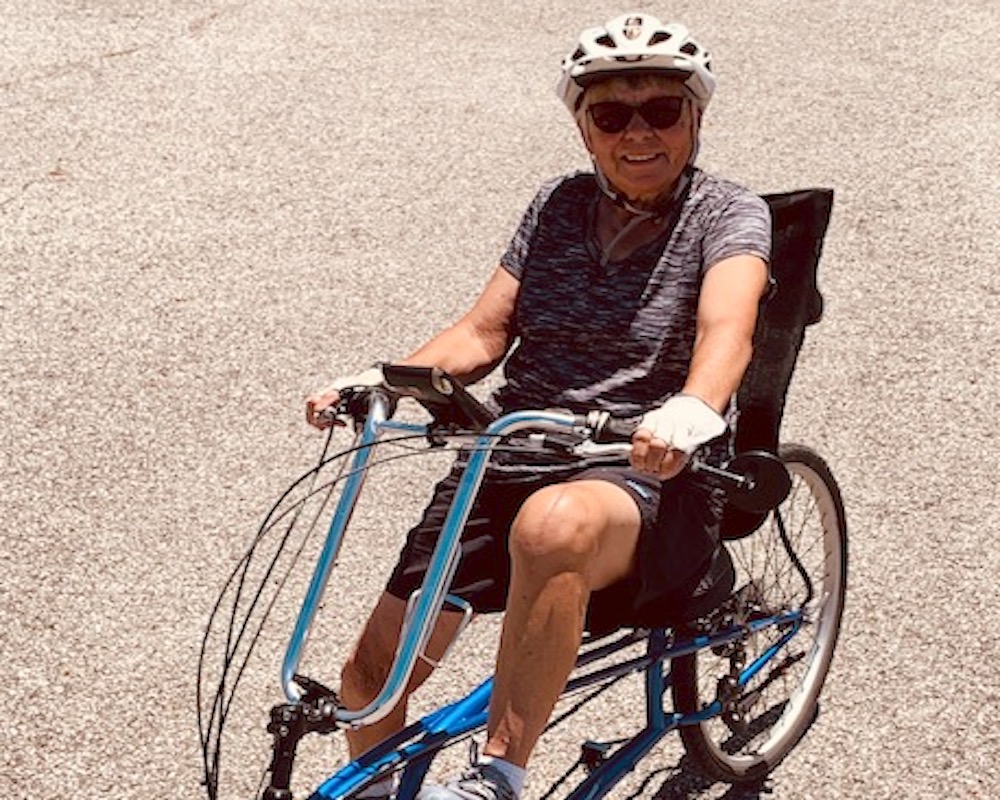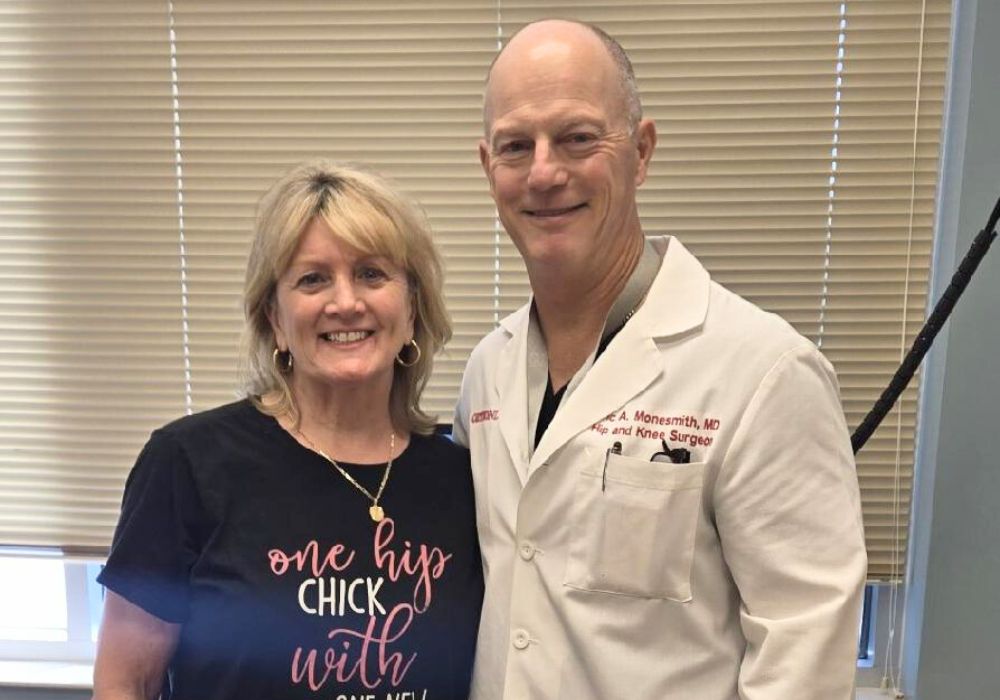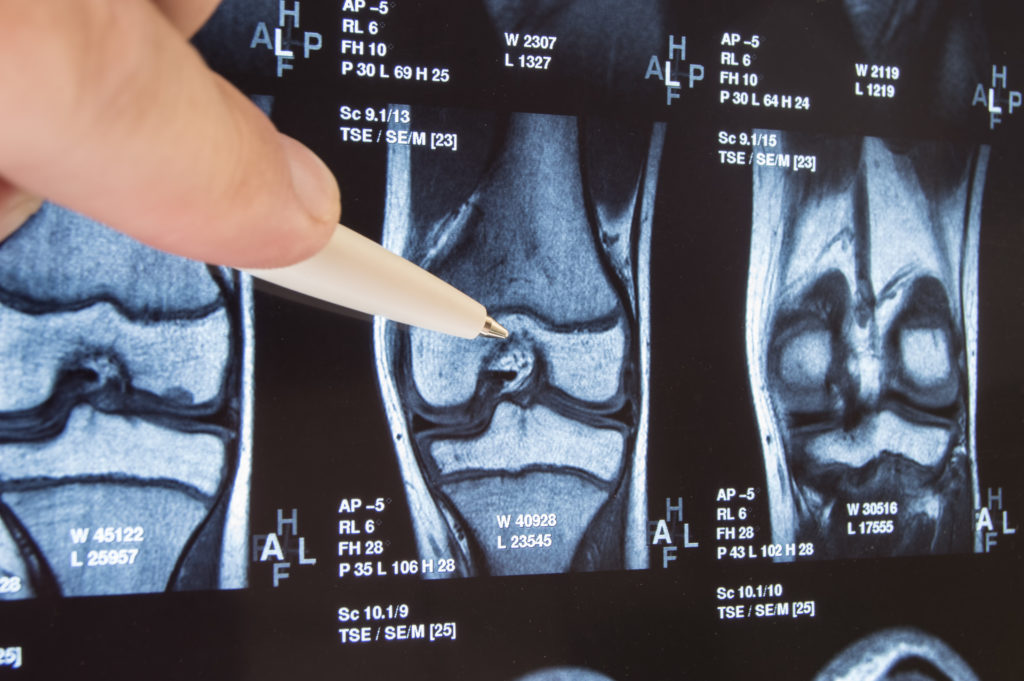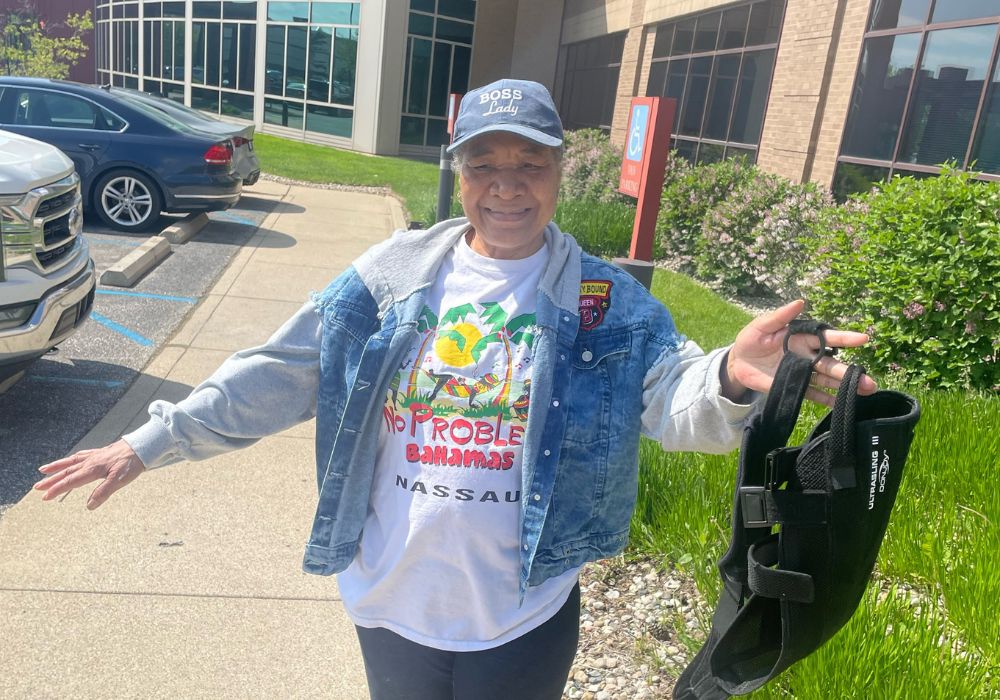THIS POST IS PART OF THE ULTIMATE GUIDE TO TOTAL KNEE REPLACEMENT
Peggy Kiser has been a runner for over 50 years. She started running in the 1960s, before running was common for young women. Now in her 70s, Peggy’s knee began to show symptoms of arthritis. She tried everything she could to stay away from knee replacement surgery because staying active is so important to her.
How do I prepare for a knee replacement?
Before coming to OrthoIndy, Peggy tried several non-operative treatment options including bracing, rehabilitation and resting from her usual physical activity.
I denied and fought it, but I realized this arthritis wasn’t going to change,” Peggy said.
She decided to consult with OrthoIndy total joint replacement surgeon, Dr. Patrick Millikan about her knee arthritis.
Peggy didn’t want to lose her ability to remain active and was very impressed with Dr. Millikan’s commitment to keeping that goal in mind after joint replacement surgery.
“He understood I was an older female who wanted to remain active,” Peggy said. “That meant everything to me. It’s what I wanted.”
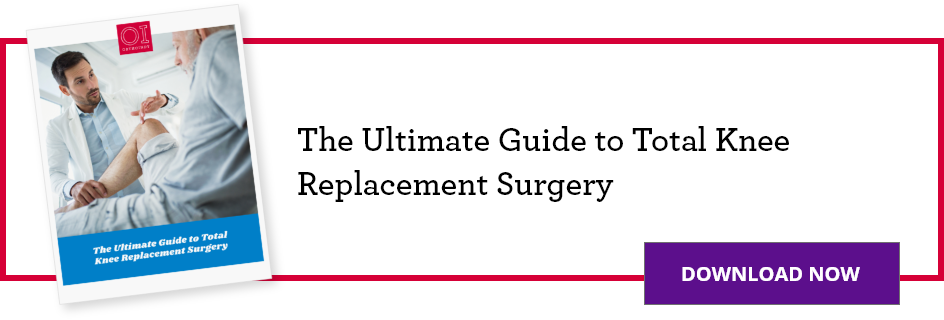
What are signs you need a knee replacement?
Peggy’s X-rays revealed severe arthritis in her inner knee. When Dr. Millikan examined her further, he found she had pain on the outside of her knee and behind her kneecap as well. These were all signs Peggy could no longer be physically active on her knee and needed a knee replacement.
“The only surgery that can address all of these changes is a total knee replacement, and that’s what Peggy chose to do,” Dr. Millikan said.
Peggy underwent a total knee replacement on her left knee in August 2019.
Read More about if you need a knee replacement
What is a total knee replacement?
A total knee replacement involves resurfacing the end of the thigh bone and top of the shin bone with metal and plastic.
“When people hear the phrase ‘total knee replacement,’ they often think that the whole knee is being replaced with a mechanical joint,” Dr. Millikan said. “The surgery is usually more of a knee resurfacing, similar to getting a cap put on your tooth. The ligaments and surrounding muscles are all left in place and function the same after surgery.”
The ligaments in the knee are usually removed, and the components of the new knee take over what the ligaments used to do. A lot of times, the back of the knee is also resurfaced, according to Dr. Millikan.
“Patients keep the kneecap they were born with, but a small plastic disk is placed where the cartilage used to be, to glide on the metal that is placed on the end of the thigh bone,” Dr. Millikan said.
WHAT TO EXPECT AFTER A KNEE REPLACEMENT SURGERY
What helps pain after total knee replacement?
“In general, active patients do very well after a knee replacement,” Dr. Millikan said. “It’s important to keep the knee moving after surgery, to prevent stiffness, and keep the surrounding muscles strong. Knee replacements like to move!”
According to the American Academy of Orthopaedic Surgeons, it is normal to experience some pain after surgery. However, if the pain doesn’t improve within a few days of surgery, you should call your doctor.
Total knee replacement recovery time takes a full year, according to Dr. Millikan. However, most of the recovery happens in the first three months, while patients are in physical therapy. Usually three to six weeks after surgery, patients are able to resume daily activities and small improvements will continue over the course of a year.
Total knee replacement physical therapy
After her total knee replacement surgery, Peggy worked with OrthoIndy physical therapist assistant, Celeste Ganahl, at OrthoIndy Physical Therapy Northwest.
“Your therapist means everything,” Peggy said.
Celeste was an integral part of Peggy’s recovery because she understood Peggy’s goal to stay active after surgery.
“I loved working with Peggy because she was so motivated to get going and back to being fairly physical compared to what most of our patients expect,” Celeste said.
The four most important things to work on in physical therapy after a total joint replacement are flexion (bending the knee), extension (straightening the knee), reduced pain and swelling and strength gain. Every patient with a joint replacement is given an at home exercise program to help accomplish these goals.
The exercises done in physical therapy two to three times a week with Celeste supplemented Peggy’s at home program. Once Peggy achieved her range of motion goals, the physical therapy progressed to functional strength training activities like stair climbing, body weight activities and exercises involving weight machines.
AT HOME PHYSICAL THERAPY EXERCISES >
Life after a total knee replacement
“Peggy is definitely an awesome person and a great example of the motivation it takes to rehabilitate from a total joint replacement,” Celeste said.
Peggy is a retired schoolteacher and on her last day of physical therapy, she rang her old school bell through the OrthoIndy gym as the physical therapists applauded her accomplishment.
“Peggy is progressing very well,” Dr. Millikan said. “This is due to her dedication to therapy, and her continued home exercise program. She seems very pleased with her results, and so am I!”
Just seven months after surgery, Peggy walks three to five miles every day and feels great. In the months of April and May, she walked over 100 miles each month.
“If you’re an active person, you don’t have to give it up,” Peggy said.
To make an appointment with Dr. Millikan please call 317.802.2845 or visit OrthoIndy.com.
Schedule an appointment
Your well-being is important to us. Click the button below or call us to schedule an appointment with one of our orthopedic specialists. If your injury or condition is recent, you can walk right into one of our OrthoIndy Urgent Care locations for immediate care. For rehabilitation and physical therapy, no referral is needed to see one of our physical therapists.


